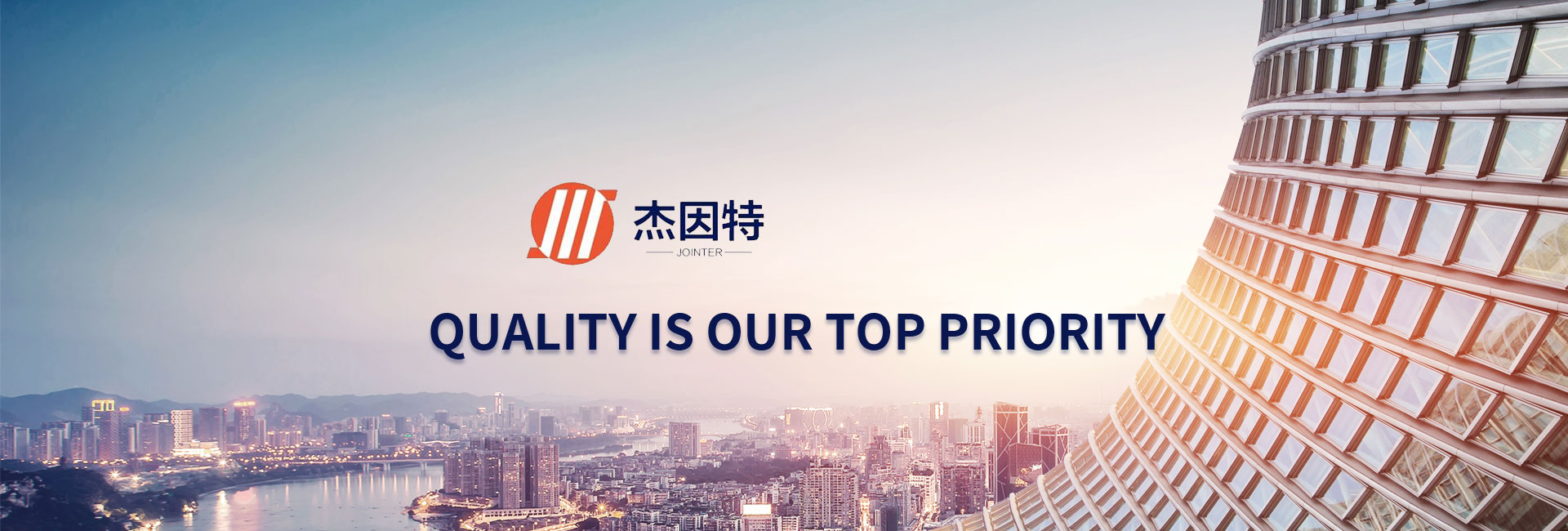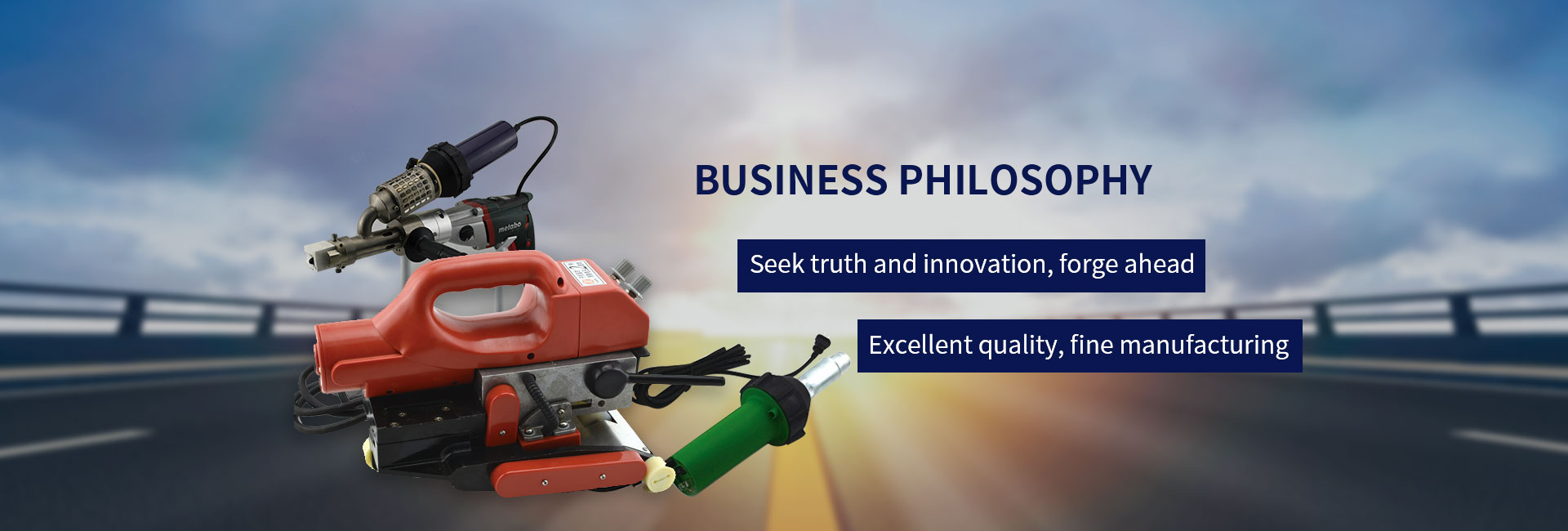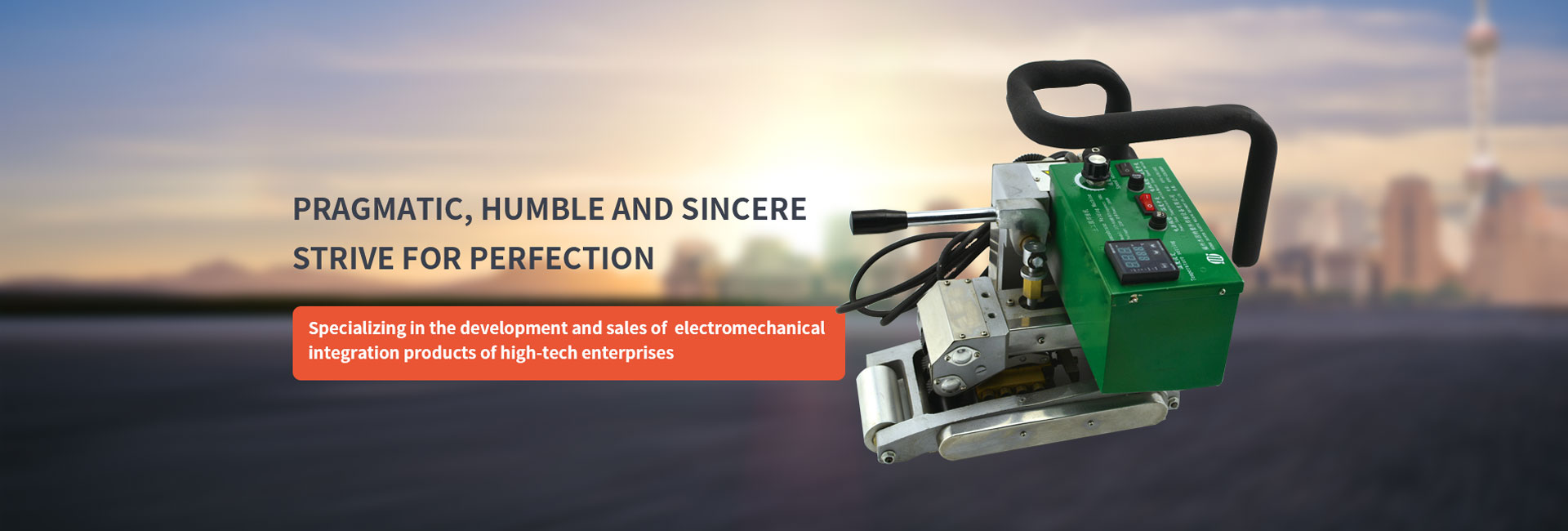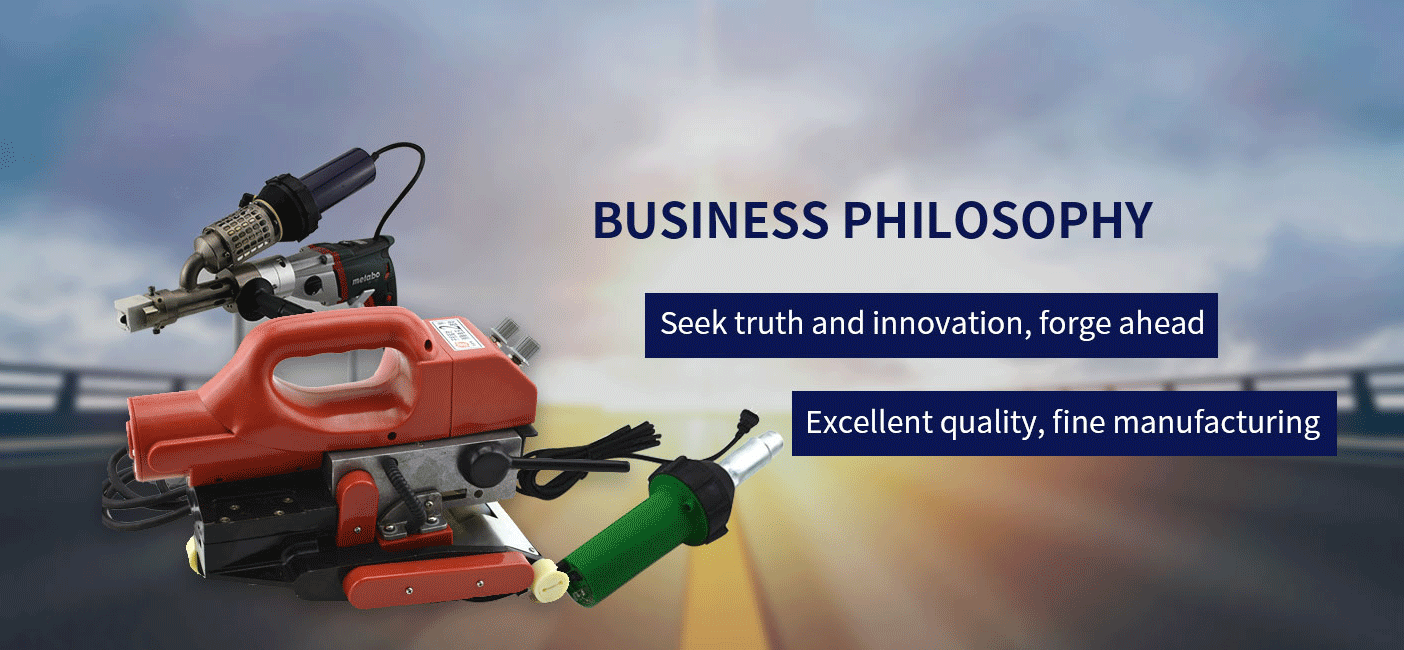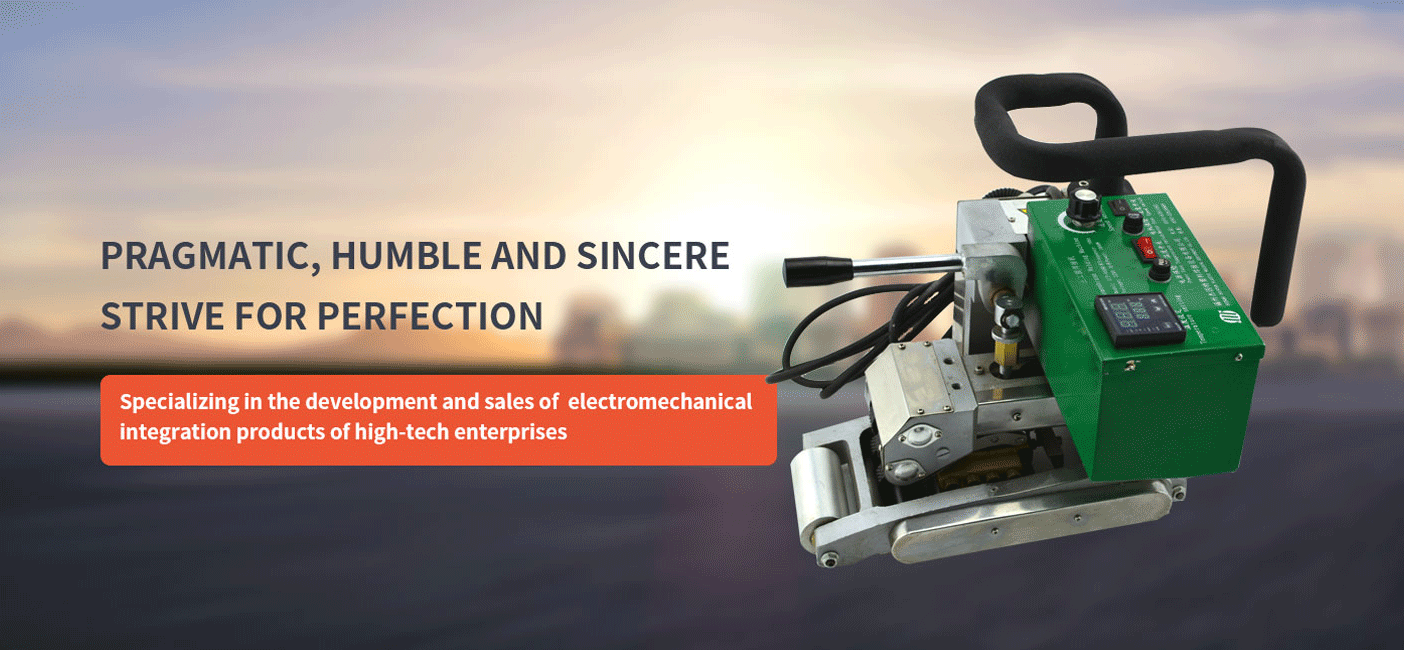Housing construction has become a new consumption hotspot and a new economic growth point in China, and housing industry will become an important industry in the national economy. During the Ninth Five-Year Plan period, 1.2 billion square meters of urban housing were planned to be completed, with an average annual completion of 240 million square meters; 2.74 billion square meters of standard rural housing were completed, with an average annual completion of 600 million square meters. However, the leakage of buildings in our country is quite serious. Leakage is generally caused by four factors: material, design, construction and management. It is necessary to treat the leakage from four aspects at the same time in order to solve the problem better. Ensuring product quality: It is the top priority of waterproof material industry in our country. Experts believe that as a building material department producing waterproofing materials, we should vigorously develop and promote new waterproofing materials to improve the performance of middle and high-grade products. At the same time, the development of residential construction industry and the increase of national investment have stimulated the demand for waterproof materials. Accordingly, the sales situation of new waterproof materials in China will increase year by year.
Through more than ten years'efforts, new building waterproofing materials have developed rapidly in China, and a complete variety of materials system with low, medium and high performance has been formed.
Types of New Waterproof Materials
New waterproofing materials mainly include modified asphalt waterproofing membrane, polymer waterproofing membrane, waterproofing coating, sealing material, leak stoppage material, etc. Its development will play a very important role in the development of chemical building materials in China. Waterproof rolled sheet is the largest amount of waterproof material, mainly used for roofing and foundation waterproofing, with the characteristics of convenient construction and low labor costs.
Modified asphalt waterproof membrane
The main varieties of modified asphalt waterproof membrane are SBS modified asphalt membrane, APP modified asphalt membrane, styrene-butadiene rubber modified asphalt membrane and so on. There are altogether 15 production lines of modified asphalt waterproofing membrane imported and put into production in China, and about 50 domestic modified asphalt membrane developed by ourselves, with a total production capacity of about 140 million square meters per year. The manufacturers include Yueyang Chemical Plant, Yanshan Petrochemical Company, Hohhot Yihua New Waterproof Material Factory, etc.
Polymer waterproof membrane
Polymer waterproof rolls mainly include EPDM, PVC, chlorinated polyethylene, chlorinated polyethylene rubber blended waterproof rolls, etc. There are more than 70 manufacturers with a total production capacity of about 50 million square meters per year. The equipment factory of Jilin Chemical Company has installed the domestic EPDM waterproofing membrane production line for the North Olympic Team Water Material Company. The Inner Mongolia Baotou Rubber Products Research Institute has installed the kettle vulcanization and L-extrusion EPDM waterproofing membrane production line for Changshu Sanheng Building Material Co., Ltd. (Changshu Waterproofing Material Factory). Ethylene-propylene-diene-propylene waterproofing membrane products of Beiao Company and Changshu Sanheng Company meet the requirements of HG2402-92, which is the industry standard of the Ministry of Chemical Industry.
Chlorinated polyethylene waterproofing membrane (CPE) was developed by 621 Institute of Ministry of Aeronautics and Space and Shaoxing Rubber Factory. The existing key enterprises include Changshu Waterproofing Material Factory, Shaoxing Rubber Factory and Heilongjiang Longguang Building Material Co., Ltd.
Polyvinyl chloride waterproof membrane (PVC)
Polyvinyl chloride waterproofing roll (PVC) was introduced from Jinan Plastics Plant 1 to produce 2-meter wide PVC waterproofing roll by Italian technology and equipment. At present, it has jointly produced Permeable Nieluquan brand PVC waterproofing roll with Swiss SARNA Group. In addition, Shandong Xinda Group's new plastics factory, Hubei Yongyang Waterproof Material Corporation, Shanxi Datong Plastics Factory and other enterprises are also strict PVC waterproof rolls.
Other macromolecule waterproof rolls are polybutadiene, EM, PE, ECB, LHJ, SEC and other macromolecule waterproof rolls. EM type high polymer waterproofing membrane is produced by Liaoning Dandong Donggang Waterproofing Material Company and Hunan Shangxian New Waterproofing Material Co., Ltd.
Waterproof coating
In waterproof coatings, high-grade coatings such as polyurethane coatings, rubber and resin-based coatings; middle-grade coatings such as chloroprene rubber modified asphalt coatings and other rubber modified asphalt coatings; low-grade coatings mainly include recycled rubber modified asphalt coatings, petroleum asphalt based waterproof coatings and so on. It is mainly used in different parts of building, such as interior and exterior wall, underground of special-shaped structural surface, toilet and bathroom, and plays an increasingly important role in the application of architectural decoration and waterproofing. The development prospects of waterproof coatings depend on the promotion and application of new polymers. At present, color propionic acid waterproof coating has been produced by many factories in China. The durability of the coating is more than 10 years. It can be constructed on the wet base. A seamless color waterproof coating can be obtained by directly painting or rolling the open cover on site. This kind of waterproof coating has a great market prospect in our country. It is expected that the output will increase and the use will be wider in the future.
Other new non-toxic and harmless water-borne polymer coatings have emerged, such as acrylic acid and ethylene-vinyl acetate (EVA) waterproof coatings have been more and more widely used. Acrylic waterproofing coatings have various excellent properties, such as low water absorption, high waterproofing, constant water vapor permeability, high elasticity, high elongation, high aging resistance, climate resistance, high bonding strength to various substrates, high dirt resistance and crack shielding ability. Excellent stability can effectively block the penetration of carbon and chloride ions. Compared with polyvinyl chloride waterproof coatings, acrylic waterborne coatings also have the following characteristics: no organic solvent, non-toxic, harmless, non-flammable. Therefore, whether it is functional or environmentally friendly, acrylic waterborne paint is undoubtedly an excellent waterproof coating for building (interior and exterior walls).
sealing material
Sealing materials started late, mainly used for the sealing of hollow glass, windows, curtain walls, stone and metal roofs, and also used in hydraulic engineering and slab joints. The main varieties are silicon copper, polysulfide, polyurethane, acrylic acid, butyl rubber and so on. The total sales volume is about 30,000 tons. In recent years, silicone sealant, polysulfide sealant and acrylic sealant have made great progress. In particular, substantial progress has been made in polymer-based building waterproof coatings. For example, M1500 cement waterborne sealing waterproofing agent is more suitable for treating large area leakage of liquid storage structures such as basement and pond. This waterproofing agent was first introduced by Zhejiang University from Birch Green Company in the United States, which directly used the catalyst of the United States. Since the 1990s, the catalyst produced by Zhejiang University's experimental factory has reduced the cost of M1500 a lot. This material is produced in 9 factories in China, such as Zhejiang University Experimental Factory, Taicang No. 5 Chemical Plant, Jiangshan Building Waterproof Material Factory, Anqing Shuguang Chemical Plant and Shanghai Tunnel Company Waterproof Material Factory. The dosage is 0.25 kg/m2.
Selection of Building Waterproof Materials
The proportion of new building waterproofing materials in the total cost of construction is not large, which is 1%-3% in general. The specific use and waterproofing grade of layers and buildings should be determined. But as a waterproof function, its function is different. At present, waterproofing materials are of high, medium and low grade, with various varieties and different performances. In the course of implementing the project quality assurance period, how to select various waterproofing materials to ensure the project quality is a problem that designers often encounter. Here are some basic principles of material selection - some references.
Selection of materials according to different engineering locations
1. Roofing: The roof is exposed for a long time, the direct erosion of sunlight and thunderstorm, the change of humidity in severe winter and summer is great, and the roof panel will expand between day and night. Therefore, the waterproof material with good aging resistance, definite extensibility and high heat resistance should be selected. Such as mineral granular surface, polyester modified asphalt, ethylene propylene terpolymer sheet or asphalt felt, etc.
2. Underground: According to the characteristics of underground engineering such as long-term humidity and difficult maintenance, but small temperature difference, it is necessary to adopt rigid-flexible combination of multi-channel fortification. Besides rigid waterproofing additives, flexible waterproofing materials with mildew resistance, good corrosion resistance and long service life should also be selected. When waterproofing on cushion, waterproofing materials with good puncture resistance should be selected, such as glass fiber with thickness of 3 mm or 4 mm. Polyester modified asphalt membrane, glass cloth felt, etc. When using polymer waterproof base material, good rigidity and water-borne binder must be selected, and the thickness of the base material should not be less than 1.5mm; when selecting waterproof coating, fast film-forming material should be chosen, and no re-emulsifying material, such as polyurethane, silicone rubber waterproof coating, should be no less than 2.5mm in thickness.
3. Toilet bathroom: Toilet bathroom area is not large, Yin and Yang angles are many, and various kinds of floor pipe, coil, sheet construction is difficult, it is appropriate to choose waterproof coating, coating can form a whole seamless film, not affected by the concave and convex shape of the base, such as JS composite waterproof coating, chloroprene latex asphalt coating, polyurethane waterproof coating, etc. For pipelines passing through floors, sealing paste or rubber strip with water expansion can be used.
Selection of materials according to the environment of the project
1. According to the amount of rainfall: in rainy areas in the south, water-resistant materials should be selected. Such as fiberglass tyre, polyester tyre asphalt coil, polymer sheet and matching with water-resistant binder, or thick asphalt waterproof coating. In the northern rain-less areas, paper-based asphalt felt seven-layer method, cold asphalt coating, and polymer sheets with slightly poor performance can be used.
2. According to the different ambient temperatures: in the South and north of China, the temperature varies greatly in summer and winter. When choosing modified asphalt coil in the South high temperature area, AP modified asphalt and plastic asphalt coil with high heat resistance should be selected. In the northern low-temperature and cold regions, SBS modified elastomeric asphalt rolls with good low-temperature performance should be selected. When choosing other waterproof materials, heat resistance and low-temperature properties should also be considered, such as sealing paste, 80l0 type in high-temperature regions, and 7020 type in cold regions.
3. Select materials according to water level and water quality: in underground projects with high water level, waterproof layer soaks for a long time. It is advisable to choose modified asphalt waterproof roll material for hot melt construction, or polyurethane waterproof coating with strong water resistance, which can be applied in wet base. Or use composite waterproof paint. Do not use emulsified waterproof paint. Thicker asphalt waterproof rolls or high polymer sheets with good corrosion resistance, such as 4 mm thick asphalt rolls and ethylene propylene monomer sheets, should be selected for poor acid and alkali water quality.
Selection of materials according to different requirements of building functions
1. Venerable roof: Because Venerable roof has protective effect on waterproof layer by laying floor tiles on waterproof layer, waterproof layer is not exposed directly, so the anti-ultraviolet aging performance is slightly poor, but the materials with good extensibility, waterproof and tensile strength can be used. Such as polyurethane waterproofing coating, glass fiber asphalt felt, polyvinyl chloride waterproofing membrane, etc. Non-upper roof, waterproof layer can be directly exposed, can choose shale coarse mineral granules, or aluminium foil cover coil, waterproof layer surface need not be used as a protective layer.
2. Planting roof: In order to green the roof, plants and flowers should be planted on the roof. Therefore, the waterproof layer under the soil layer is required to have good waterproofing property. Besides, it also has good corrosion resistance, puncture resistance and can prevent the penetration of plant roots. Flexible composite waterproofing materials, APP and SBS modified asphalt rolls, and multi-channel waterproofing with waterproofing coating on rigid waterproofing surfaces should be selected.
3. Vibrating roof of industrial workshop: For large prefabricated concrete roof, besides consideration of design structure, first of all, waterproofing material with good extensibility and high strength should be selected, and polymer waterproofing sheet with thickness of 1.5mm or more, such as EPDM sheet, blended sheet, modified asphalt sheet with polyester tire of 4mm or more, instead of glass fiber reinforced asphalt sheet and glass cloth. Chlorinated polyethylene coil of tendon.
Material selection according to engineering conditions
1. Engineering grade: For first-class and second-class buildings with special requirements, polymer modified asphalt or synthetic polymer sheets should be selected. For third-class and fourth-class general buildings or non-permanent buildings, asphalt paper-based felt can also be used. High-grade buildings should choose not only high-grade waterproof materials, but also high-grade first-class products and first-class products. Generally, middle and low-grade and qualified products can be selected for general buildings.
2. Inclined roof: Inclined roof has good drainage and can choose various colors of felt tiles. The felt tiles not only have good waterproof performance, but also have decorative effect on the building. A flexible waterproof layer should be added to the Watchboard of the pottery tile slope roof.
3. Inverted roofing: refers to the roofing practice of waterproof layer below and insulation layer above. Waterproof layer can be protected by insulation layer, and is not eroded by light, temperature, wind and rain. However, once leakage occurs in the inverted roof, it is difficult to repair. Therefore, waterproofing materials are strictly required and should not be rigid-flexible bonded. Flexible composite materials are suitable for use. Because waterproofing materials are in a humid environment for a long time, it is not suitable to use adhesive bonded materials. Hot-melt modified asphalt coils or synthetic polymer coatings, such as polyurethane waterproofing coatings and silicone rubber waterproofing coatings, should be selected. And so on. Selection of waterproofing materials should also take into account the composite use of two different materials, such as rigid and flexible materials, coil and paint, lamination of the same materials, such as waterproofing coil and coil lamination, but rigid waterproofing does not laminate.
Development of Building Waterproof Materials in China after 2000
The development of waterproofing materials has been paid attention to in any country in the world. Waterproofing technology is a comprehensive technology, which represents the level of scientific and technological progress of a country or region in a certain way. According to the "Tenth Five-Year Plan of the National Chemical Building Materials Industry" and the Outline of the 2010 Development Plan formulated by the National Coordination Group of Chemical Building Materials, the development goals of new waterproofing materials in China are as follows:
1. Focus on developing modified asphalt felt, actively developing macromolecule waterproofing membrane, properly developing waterproofing coatings, and striving to develop sealing materials and leak-proof materials. By 2005, the market share of new waterproofing materials will reach 50% in the national waterproofing engineering market.
2. By 2010, new waterproofing materials will dominate waterproofing projects in China, reaching more than 70%, and the traditional paper-tyred felt will be phased out.
After 2000, the general development trend of building waterproofing materials in China is to develop from traditional petroleum asphalt as basic material to polymer modified asphalt, sealing materials from low performance products to high elasticity and durability, waterproofing coatings from low-grade thin to high-grade thin layer, construction methods from thermal pasting to cold construction, and concrete development trend. Potential is: while stabilizing and improving the quality of existing products, asphalt coil will develop asphalt modified felt with special functions and excellent performance, such as high temperature resistant felt, low temperature resistant felt, porous sand surface felt and asphalt-stained felt. New waterproof coatings, such as SBS Rubber Modified Asphalt Coatings and chloroprene latex instead of asphalt coatings, have been developed vigorously. In order to solve the environmental pollution caused by solvent-based waterproofing coatings, we should vigorously develop non-polluting, non-polluting and multi-functional emulsion waterproofing coatings.
While improving the sealing quality, the sealing materials focus on the development of water-emulsion, light-colored seam ointment and powder seam ointment which can be constructed on wet base. In addition to the promotion and application of existing products, polymer sheets should also develop new high-quality cementing agents and waterproof films made of polyurethane, rubber, isobutadiene rubber and other chemical raw materials. This kind of material can be self-bonded, and the outer layer is bonded with soybean sand protective layer. Its chemical properties and mechanical properties are good, and it has broad prospects for development.



